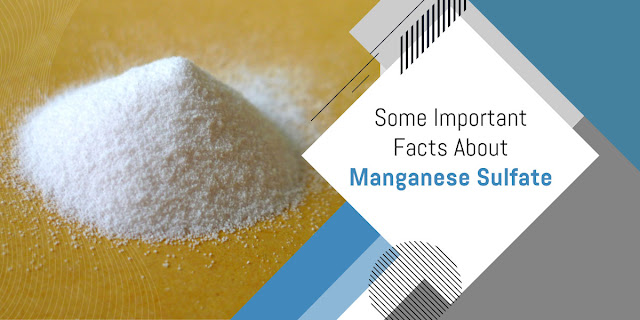Cocamidopropyl Betaine (CAPB) in Skincare Products
Cocamidopropyl betaine is a fatty acid that is found
in many personal hygiene and household products because it helps water bond
with dirt, oil, and other debris, allowing them to be rinsed clean.
Researchers discovered that the irritation to eyes and
skin is caused by two impurities that occur during the manufacturing process,
rather than by CAPB itself.
If you're allergic to CAPB, it's possible that using
it will cause skin or eye irritation. To avoid this problem, check labels and
national product databases to see which products contain this chemical.
Palvi Chemicals ranks among the top Cocamidopropyl
betaine suppliers in Nigeria.
CocoBetaine (Cocamidopropyl Betaine) is a 30 percent
active aqueous surfactant solution derived from coconut oil. CocoBetaine
(Cocamidopropyl Betaine) is a secondary surfactant in cleansing systems that
contributes to viscosity and a smooth feel. Shampoos, bubble baths, and liquid
hand soaps all contain it. CocoBetaine (Cocamidopropyl Betaine) has excellent
wetting properties as well as good foaming and foam liquid stabilisation.
CocoBetaine (Cocamidopropyl Betaine) is an amphoteric
surfactant that can be used in conjunction with anionic, cationic, or nonionic
surfactants. CocoBetaine (Cocamidopropyl Betaine) added to these surfactants
would help to improve foam efficiency by reducing anionic surfactant
discomfort, increasing non-ionic surfactant cleaning capacity, and bridging the
gap to allow the use of cationics and non-ionics in combination for superior
cleansing formulations.
Palvi Chemicals is a leading Cocamidopropyl betaine exporter in Ghana.
Production:
Despite its name, cocamidopropyl
betaine is not derived from betaine. It is instead made in two steps, beginning
with the reaction of dimethylaminopropylamine (DMAPA) with fatty acids from
coconut or palm kernel oil. Because the primary amine in DMAPA is more reactive
than the tertiary amine, it is added selectively to form an amide. Chloroacetic
acid reacts with the remaining tertiary amine in the second step to form a
quaternary ammonium centre.
CH3(CH2)10COOH
+ H2NCH2CH2CH2N(CH3)2 → CH3(CH2)10CONHCH2CH2CH2N(CH3)2
CH3(CH2)10CONHCH2CH2CH2N(CH3)2
+ ClCH2CO2H + NaOH → CH3(CH2)10CONHCH2CH2CH2N+(CH3)2CH2CO2− + NaCl + H2O
Palvi Chemicals is one of the dominant Cocamidopropyl
betaine distributors in Nigeria.
Side effects of CAPB:
Allergic reaction:
When some people use CAPB-containing products, they
develop an allergic reaction. It is two impurities produced during the
manufacturing process that cause an allergic reaction, not the CAPB itself.
Aminoamide (AA) and 3-dimethylaminopropylamine are the
two irritants (DMAPA). People who were exposed to CAPB that did not contain
these two impurities did not have an allergic reaction in multiple studies.
Purified higher grades of CAPB do not contain AA or DMAPA and do not cause
allergic reactions.
Skin discomfort:
If your skin is sensitive to CAPB-containing products,
you may experience tightness, redness, or itchiness after using the product.
Contact dermatitis is the medical term for this type of reaction. If you have
severe dermatitis, you may develop blisters or sores where the product came
into contact with your skin.
An allergic skin reaction like this will usually heal
on its own, or when you stop using the irritating product or use an
over-the-counter hydrocortisone cream.
Consult a doctor if the rash does not improve within a
few days, or if it grows near your eyes or mouth.
Palvi Chemicals is a prominent Cocamidopropyl
betaine supplier in Ghana.
Irritation in the Eyes:
CAPB can be found in a variety of products intended
for use in your eyes, such as contact solutions, as well as products that may
get into your eyes while showering. If you are sensitive to the impurities in
CAPB, you may notice the following symptoms in your eyes or eyelids:
● Pain
● Redness
● Itchiness
● Swelling
If washing the product away doesn’t relieve your
irritation, it is highly advisable for you to consult a doctor at the earliest.



Comments
Post a Comment